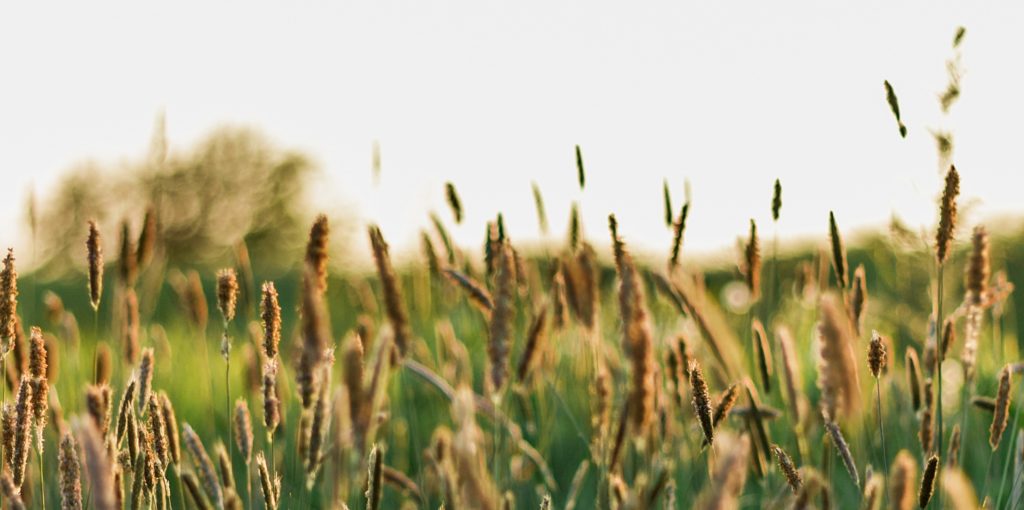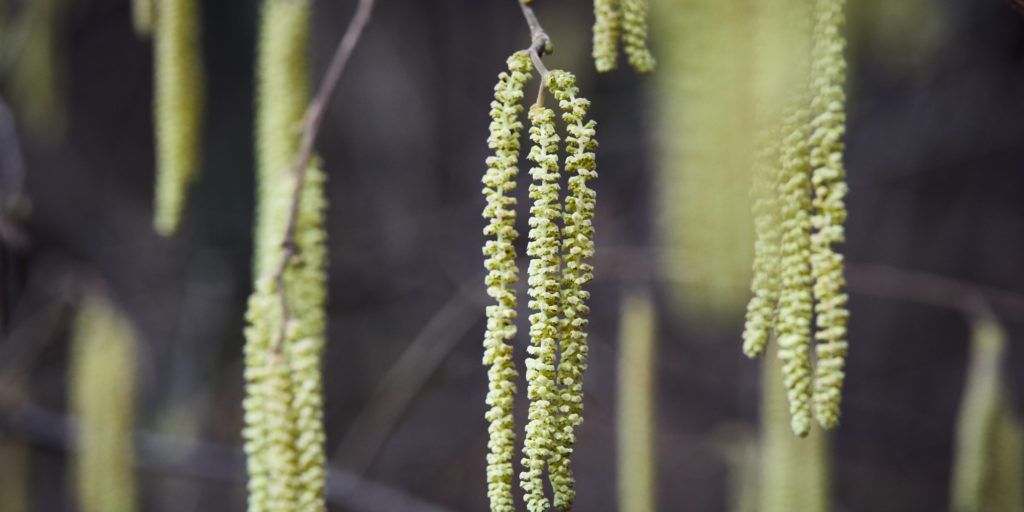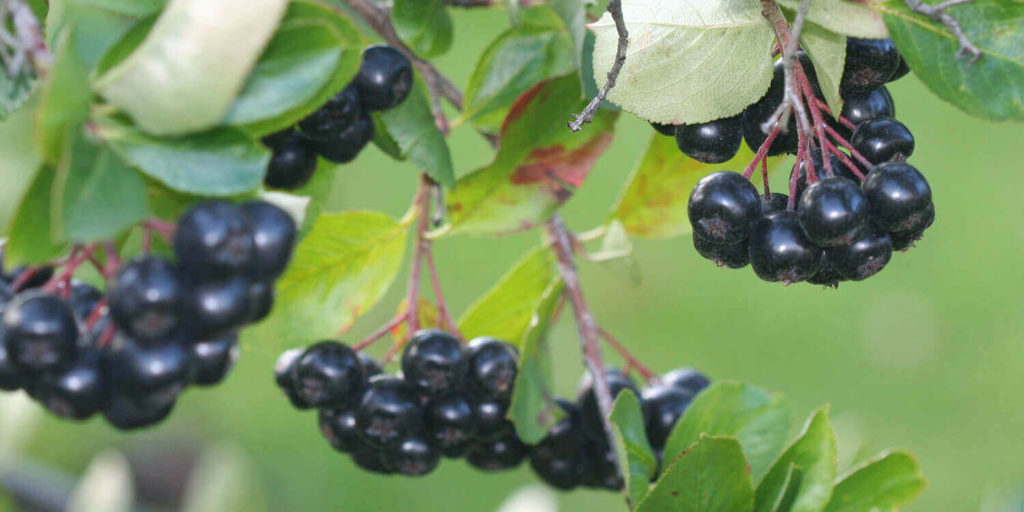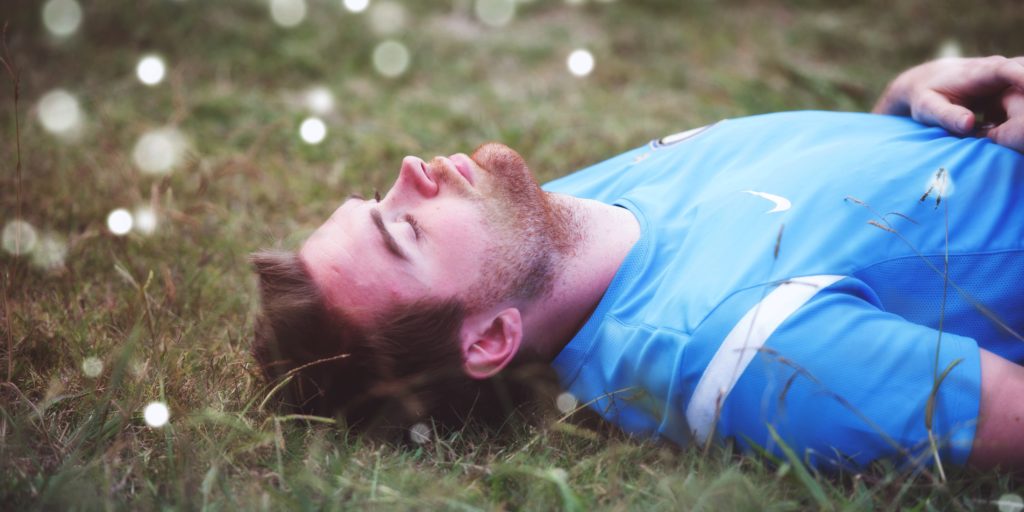Hay fever
What actually is hay fever?
Allergy to pollen
Blocked and “runny” nose, watery eyes … do you recognise this? Anyone who has had a cold (and we all have) knows these unpleasant symptoms. But after a few days we are rid of it again, the cold. Hay fever (pollen-induced allergic rhinitis) is a different story. This is an allergic reaction of the body to various pollens. Hay fever occurs seasonally, usually from the beginning of spring to the autumn months (depending on the type of pollen). It is assumed that the tendency to a pollen allergy is congenital; the allergy tendency is inherited. The disease usually begins in early childhood.

Pollen as an allergy trigger
Interestingly, allergic diseases are almost unknown in third world countries. The hygiene theory states that the “unemployed” defence bodies create new enemies, for example inhaled pollen. Children in our latitudes who grow up in the countryside and have frequent contact with animals and flowers are also less likely to suffer from allergies. In the case of hay fever, the pollen acts as an allergen (allergenic foreign substance) and triggers an immunological reaction. In correspondingly sensitive people, the first contact with an allergen leads to the development of natural defence substances, so-called antibodies.

Histamine
The organism categorises the actually harmless substances as dangerous and forms more and more antibodies over the course of several years. At some point, the first allergic reaction occurs. On contact with the allergen, the body reacts as if it has to fight pathogens. Antibodies and allergens combine and cause certain body cells to release messenger substances that mediate the allergic reaction in the body. One such messenger substance is histamine, which is found everywhere in our body. Histamine dilates the small blood vessels, causing reddening. Fluid also leaks from the blood vessels into the tissue, causing swelling. In addition, the activity of the glands is stimulated.
Limited quality of life
In hay fever, for example, this inflammatory reaction takes place in the nose, which leads to the unpleasant symptoms mentioned above. The nose runs (watery secretion) and is blocked as the mucous membrane swells. Hay fever sufferers also suffer from sneezing attacks and itching. The eyes are also often affected; they water, are reddened, itch and burn or are sensitive to light (conjunctivitis of the eye). In addition, there are many other symptoms such as itching in the ears and mouth, headaches, tiredness and fatigue, as well as irritability. It is easy to guess that hay fever can severely impair a person’s quality of life, especially if it is severe!

What to do against hay fever?
Avoid allergy-triggering substances
Avoiding allergy-triggering substances, i.e. pollen, is the safest way to protect yourself from the body’s allergic reaction and is therefore always recommended. But who wants to spend the whole summer barricaded behind closed windows? It is advisable to change your clothes and wash your hair after spending time outdoors. Outdoor leisure activities should also be postponed until after a heavy rain shower if possible. However, even these measures seem to be almost impossible for nature lovers to implement and are in turn associated with a major loss of quality of life!
What therapies are available in the fight against Hay fever?
A causal therapy for pollen allergies is not easy. For example, hyposensitisation, which is similar to a vaccination, is suitable here. Hay fever sufferers are injected with the allergen at certain intervals and in increasing doses. Hyposensitisation can also be carried out in the form of tablets or drops to be taken daily instead of injections. Hyposensitisation usually lasts for years. Otherwise, medication is prescribed to alleviate the symptoms of hay fever. For example, decongestant nasal drops and suitable eye drops. More severe symptoms are treated with antihistamines. These weaken the effect of the tissue hormone histamine by blocking the H1 or H2 receptors for histamine. This means that the receptor binding site is occupied and the body’s own histamine cannot dock on. The unpleasant typical hay fever symptoms such as sneezing, runny nose and tears are reduced. However, many people react to antihistamines with tiredness, perhaps less pronounced with the latest preparations.
Diet
If you pay attention to foods in your diet that have an anti-inflammatory effect and support the immune system, you can achieve a reduction in hay fever symptoms. A diet with plenty of fresh vegetables, fruit and berries from organic farming contributes to this. Aronia berries, for example, which also grow well in Switzerland, have attracted the attention of complementary medicine due to their high content of so-called polyphenols, such as flavanoids, proanthocyanins, carotenoids, but also vitamin C, etc.

A healthy diet and the importance of vital substances
A balanced and healthy diet, which provides a supply of all vital substances that are important for physical health, can support the immune system and thus counteract pollen allergies. However, as such a diet is sometimes hardly possible in today’s world, specifically selected food supplements can offer help in certain cases.
